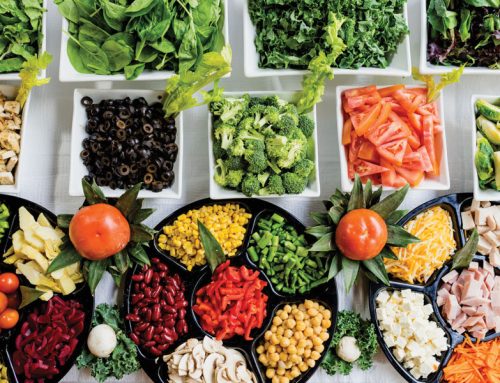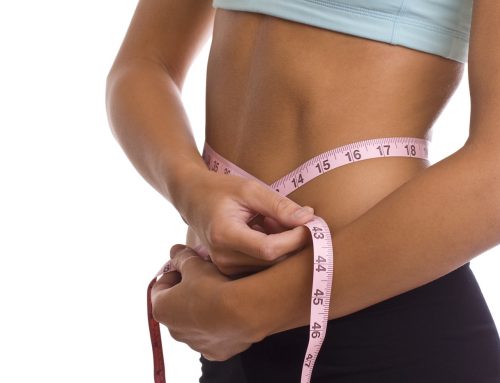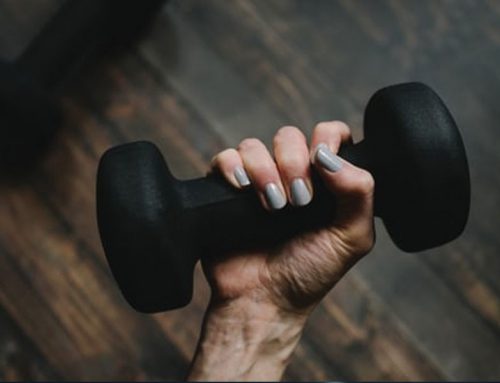When diagnosed with diabetes, one of the hardest part of coping and managing is trying to find out what you can eat and finding suitable substitutes for what you love to eat. Who doesn’t love sweets and treats? Unfortunately delicious things like breads, cookies and cakes, just to name a few, are super high in carbs and sugars. Regular gluten free all purpose flours will NOT cut the carbs. Whole grain, seven grain, rye ancient grain whatever you want to call it, its flour, and flour is high in carbs. Lower carb baking can actually be helpful in regulating metabolism, fueling muscles and protein synthesis, managing your weight and best of all, preventing or treating Type 2 diabetes and insulin resistance. It can also be a great way to reduce your sugar cravings and lower your blood sugar. The trick is to do it the healthy way and not cut healthy carbs like veggies, “naturally” gluten-free grains like quinoa, millet and starches like sweet potatoes.
1. Coconut Flour
One of the best low-carb baking substitutions is coconut flour. Coconut flour tastes very different than flaked coconut. It is completely sugar-free, rich in protein and extremely high in fiber. The high fiber content means it fills you up fast so you don’t overeat. It keeps you regular due to the high fiber content, but won’t leave you feeling bloated like other fibers can and it absorbs more liquid than any other low-carb baking flour. The unique properties of its high absorbing fibers make it absorb more liquid so you need less flour. You only need about 1/3 the amount of coconut flour that you do of other flours. For one serving of coconut flour (approx 2 tblsp) there are 8g of carbs, 5g of dietary fibre and 2g of protein.
Try these Low Carb Cheese Biscuits: https://www.not-too-sweet.com/low-carb-cheese-buscuits/
2. Almond Flour/Meal
One of the most popular low-carb baking substitutions is almond flour. Almond flour is higher in fat than coconut flour, but is another great way to get a moist, nutty and tender cake. Almond flour is made from ground almonds. Almond flour can be more expensive than coconut flour, so be aware of this when selecting it for recipes. For one serving of almond flour (approx 1oz) there are 6g of carbs, 3g of dietary fibre and 6g of protein.
Try these Chocolate Chip Cookies: https://www.not-too-sweet.com/coconut-chocolate-chip-cookies/
3. Protein Powder
I bet you had no idea that the protein powder you use for your morning shake can actually be a fantastic replacement for flour! In fact, you can use protein powder in a 1:1 ratio, just like you would flour. Protein powder usually contains an emulsifier that will absorb liquids just like flours will, and it also creates very cake-like baked goods that are tender, not tough. The best part is that you get a low-fat, protein rich and carb-free baked good with less calories. Be sure you buy low-carb proteins that are as natural and clean as possible. There are so many protein powders out there but for example Isopure Zero Carb one scoop (approx 1.1 oz) there are 1.2g of carbs, 0.6g of dietary fibre and 1.2 g of protein.
Try these Chocolate Zucchini Pancakes: https://www.not-too-sweet.com/high-protein-chocolate-zucchini-pancakes/
4. Pumpkin Puree
Pumpkin puree is low in sugar per serving and helps create moist baked goods. It is also a great replacement for all the oil and butter in your recipe, or at least ½. If you have a recipe using bananas, sub in the same amount for pumpkin puree instead to cut back on the sugar content. Bananas aren’t unhealthy, but they are high in sugar. Canned pumpkin works great in pancakes and brownies and canned pumpkin can also replace eggs in a recipe if you’re vegan. For one serving of pumpkin puree (approx 1/2 cup) there are 10g of carbs, 4g of dietary fibre and 1g of protein.
Try these Pumpkin Cookies: https://www.not-too-sweet.com/pumpkin-cookies/
5. Applesauce
Natural, unsweetened appleasauce is fairly low in sugar and a little goes a long way. You can use applesauce to replace the oil in recipes, but it also helps you to reduce the amount of sweetener that you need, along with half of the amount of eggs it calls for. For one serving of apple sauce (approx 1/2 cup) there are 13g of carbs, 2g of dietary fibre and 0g of protein.
Try this Lemon Blueberry Bread: https://www.not-too-sweet.com/lemon-blueberry-bread/
6. Stevia
Stevia is a sweetener and sugar substitute made from the leaves of the plant species Stevia rebaudiana. Stevia’s taste has a slower onset and longer duration than that of sugar.
With its steviol glycoside extracts having up to 300 times the sweetness of sugar you need much less when cooking with it. Stevia has a negligible effect on blood glucose so it is an excellent substitute for people on carbohydrate-controlled diets. You can use liquid or powdered stevia, but check the labels of your store brands to make sure they don’t contain fillers from dextrose, which is a name for sugar. For one serving of stevia (1 prepacked envelope) there are 1g of carbs, 1g of dietary fibre and 0g of protein.
Try these Low Carb Caramels: https://www.not-too-sweet.com/low-carb-chewy-honey-caramels/
7. Unsweetened Cocoa Powder
One amazing way to cut down on the sugar content but increase the flavor of your low carb baked goods is to use unsweetened cocoa powder. The acid in the cocoa powder helps baked goods to rise just like self-rising flour does and it lends this subtle sweetness and richness that helps you need less sweetener. Keep in mind that you can still use dark cocoa powder, also known as dutch-processed, but since most of the acid has been removed it will not rise the same. Dutch process tastes better and less bitter, with more chocolate flavor that comes through. Be sure to buy unsweetened though. Cocoa powder can also replace half the flour called for in a recipe, and it is inexpensive. You can also use cacao powder, which is raw chocolate powder. For one serving of cocao powder (approx 1 tbsp) there are 3.1g of carbs, 1.8g of dietary fibre and 1.1g of protein.
Try these Layered Nut and Date Bars: https://www.not-too-sweet.com/layered-nut-date-bars/
8. Chia Seeds
Chia seeds are wonderful to use in your low-carb baking. They help to soak up liquids, add filling fiber, add texture, and add Omega 3 fatty acids. You can buy chia seeds pre-ground, as chia flour, which you can use to replace about ½ the flour called for in a recipe, but you’ll need to implement another low-carb flour along with it for best results. You can also use chia seeds in place of pectin or gelatin when making fruit preserves or jam, such as no sugar added strawberry jam. Chia seeds gel up anything they are added to, helping to thicken up ingredients in recipes and serve as a binder like eggs do. For one serving of chia seeds (approx 1 tbsp) there are 2.5g of carbs, 2.1g of dietary fibre and 0.9g of protein.
Try this High Protein Cauliflower Pizza Crust: https://www.not-too-sweet.com/high-protein-cauliflower-pizza-crust-two/
9. Flax Meal
You can use flax meal, or ground flaxseeds, the same way you use flour, and in the same amounts. Yes, the fat will be higher, but they are healthy fats from Omega 3 fatty acids, and they are a rich source of fiber so they fill you up faster. If you’re vegan, flaxseeds combined with 2 tbsp of water will make a nice egg substitute. Chia seeds can be used the same way as an egg substitute. For one serving of flax meal (approx 2 tbsp) there are 5g of carbs, 4g of dietary fibre and 3g of protein.
Try these High Fibre Crispy Baked Zucchini Fries: https://www.not-too-sweet.com/high-fibre-crispy-baked-zucchini-fries/
Source: http://food.allwomenstalk.com/fabulous-low-carb-baking-substitutions







